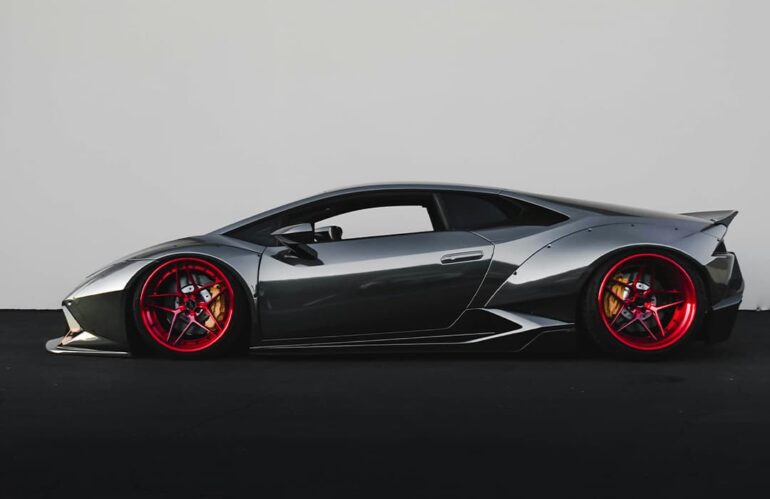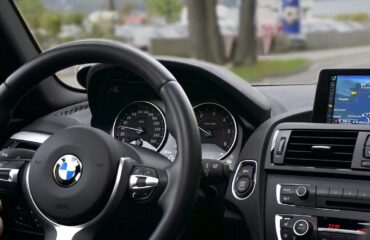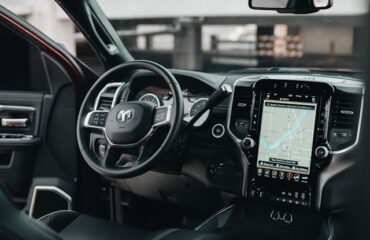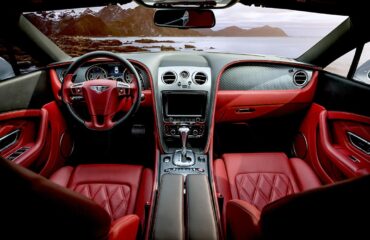The more you understand about car classifications, the better you will understand the industry as a whole and what types or models of cars are best for you.
The most common car classifications:
Behind body styles
Cars are assembled, designed, and configured differently, resulting in different driving experiences. Body styles and the purpose of cars are inextricably linked.
For example, a coupe and a hatchback have completely different capabilities.
Size
Car size alone is not enough to decide which car to buy, but you should take it into consideration. As you study this text you may find that some car sizes are impressive, while others seem ridiculous to you.
Purpose
Each car model was created or customized for a specific purpose. For example, some cars are designed for racing while others are designed to transport dozens of people.
Some cars people will never drive every day because their purpose doesn’t fit their lifestyle.
By price range
All cars fit into the affordability scale. There are different classifications of cars for every budget. Whether someone has a strict or generous budget, manufacturers create cars with their needs in mind.
Behind the engine and fuel
As conversations about climate change, renewable energy and the environment become more prevalent, this category is expanding right before our eyes. Every automaker is implementing green initiatives to reduce emissions and push the boundaries of automotive innovation.
By performance
Some cars are built purely for speed, handling, and looks. Automakers didn’t always pioneer sports cars and draw ideas from average street racers.






